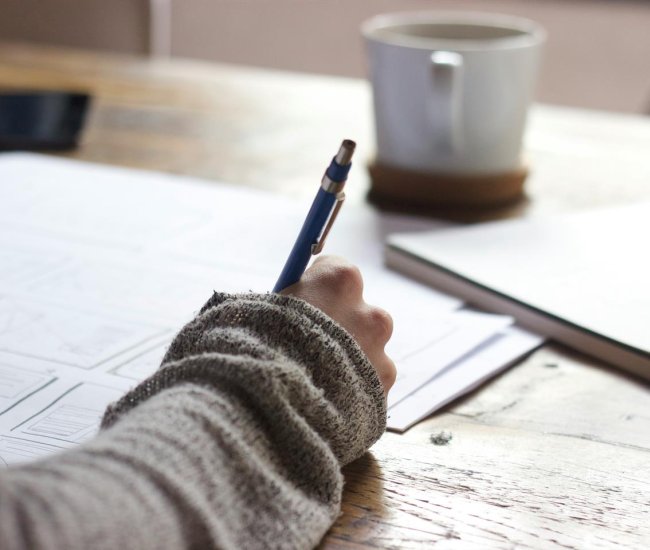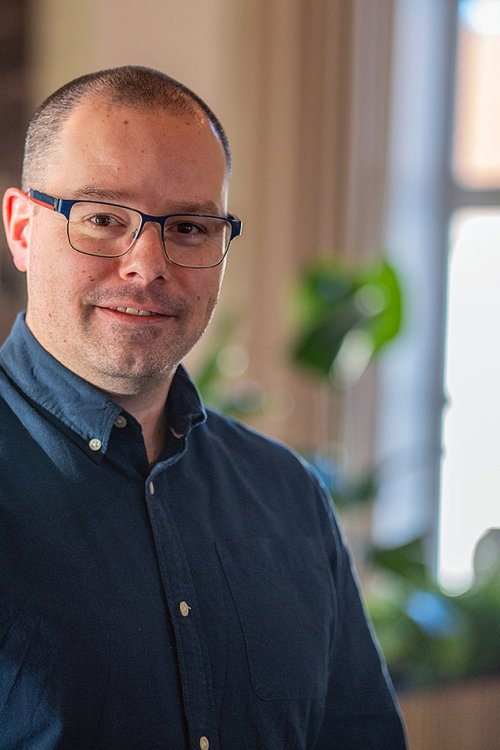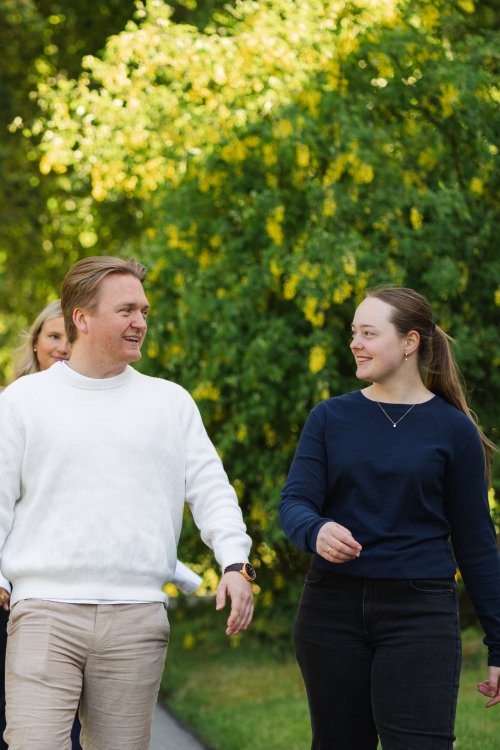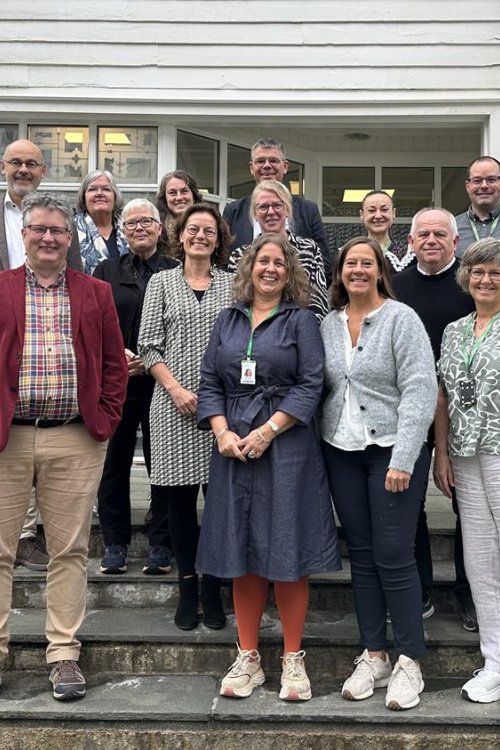Despite the focus, this is a broad-based conference, and we want a correspondingly broad range of perspectives on Norwegian studies to stimulate a professional discussion about what Norwegian studies should look like in the years to come.
Participation and registration
Summaries of 200-300 words + title and list of references should be sent to areboe.pedersen@nla.no by 15.11.2025. All submitted contributions will be assessed by a peer review committee. Feedback on summaries can be expected by the end of November.
The conference will be held at NLA University College's Campus at Kalfaret in Bergen, 5-6.02.2026. Registration form and final program (incl. keynotes) will be sent out to participants in advance of this. There is no conference fee.
Additional information and suggestions for topics
With its special responsibility for three of the curriculum's five basic skills, the school's Norwegian subject is often characterized by tension between measurable, instrumental skills and overarching educational ambitions (cf. e.g. Aase 2019). How should these considerations be balanced against each other in the future? It is also said that "Norwegian is a text subject" (Blikstad-Balas & Foldvik 2017). This is an invitation to let students unfold through creative text work, which draws on dialogical and aesthetic traditions (see e.g. Dysthe 2006; Ulvik 2013; Sæverot et al. 2024).
We see this in connection with the political ambitions for a "More practical school" (NOU 2024: 34) which will ensure "active and varied learning" (p. 11), and the imminent new framework plan for teacher education. In light of this, we are looking for experience- and research-based perspectives on how Norwegian studies should be conducted in the years to come, from primary school to higher education.
We want both didactic and disciplinary contributions. The focus in the didactic contributions can range from primary school to upper secondary education, from both a teacher and teacher education perspective. The contributions can be based on classroom experiences, theoretical discussions or empirical studies. Interdisciplinary perspectives are also welcome, preferably from the practical-aesthetic subjects.
Possible topics may include (but are not limited to):
- creative writing as literary genre education
- play in language and literature work
- use of model texts
- aesthetic working methods within literacy
- media ecological reading perspectives
- dialogical working methods in the classroom
- multimodal reading experiences
- multimodal text creation
- practical-aesthetic interdisciplinarity in Norwegian studies
- language as creative expression and tool for exploration
- aesthetic teaching arrangements
- the text culture of the side language
- aesthetic entrances to literary works
- multilingual perspectives in text work
- exploratory grammar teaching
Referred literature:
Blikstad-Balas, Marte & Foldvik, Marte. (2017). Critical literacy in Norwegian - what do students emphasize when they assess texts from the internet?. Norsklæreren. 4. 28.
Dysthe, Olga. (2006). Bakhtin and pedagogy – What an earlier unknown article tells about Bakhtin's pedagogical practice. Norsk pedagogisk tidsskrift, 90(6), 456-468. https://doi.org/10.18261/ISSN1504-2987-2006-06-03
NOU 2023-2024: 34 (2024). A more practical school. Better learning, motivation and well-being in grades 5–10. Ministry of Education. https://www.regjeringen.no/no/dokumenter/meld.-st.-34-20232024/id3052898
Sæverot, Ane Malene, Sæverot, Herner, Ulvik, Marit & Antun, Anne Guro Schmidt. (2024). Expressions that make an impression: Learning for aesthetic education. Universitetsforlaget.
Ulvik, Marit. (2013). Pedagogy and aesthetics. Norsk pedagogisk tidsskrift, 97(6), 418-428. https://doi.org/10.18261/ISSN1504-2987-2013-06-06
Aase, Laila. (2019). “A subject at odds with itself?” in: Marte Blikstad-Balas & Kjersti Rognes Solbu (eds.) The new (new) Norwegian subject. Fagbokforlaget





.jpg)

